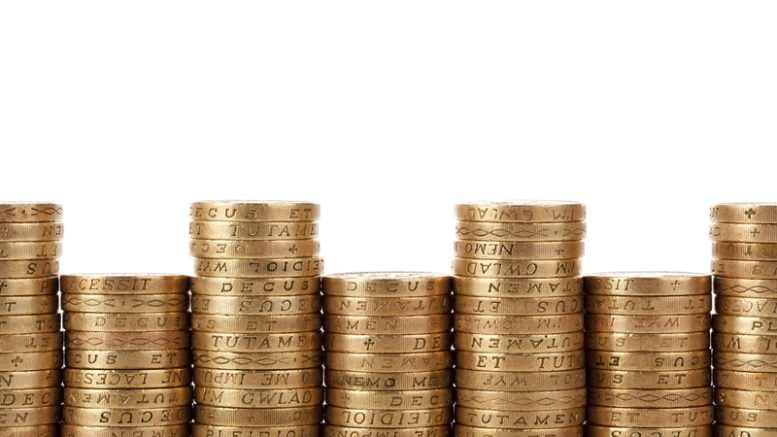Is Singapore’s gini really lower than Hong Kong and New York?
I refer to the article “Looking at inequality: An analyst’s view” (Straits Times, Mar 14).
It states that “For example, in a 2015 paper, Singapore Management University economist Phang Sock Yong reported that the Gini coefficient for household incomes for Singapore in 2014, after taxes and transfers, was 0.412.
The Gini coefficient – measured in much the same way – for the New York metropolitan area was 0.475. For the Greater London area, the coefficient was 0.436, and for Hong Kong, 0.430”.
In this connection, much of the “transfers” may not be disposable income that can be used.
For example:
… Workfare Income Supplement – (much of it goes to CPF )
… rebates on utilities (your electricity and water prices may have increased!)
… rebates for service and conservancy charges (S & CC) (increase announced on 17 February 2017 by as much as 20%!)
… top-ups to Medisave accounts (not disposable cash that you can use, but only in the future for ever increasing healthcare fees)
… Pioneer Generation Package (not disposable cash that you can use, but only discounts on healthcare fees, etc)
… healthcare related subsidies like Chas scheme (not cash, but helps you to pay less)
… health screening subsidies (not cash, but helps you to pay less)
… MediShield Life premium subsidies (not cash, but helps you to pay less on a declining scale for four years for increased premiums)
… MediFund (not cash, but helps you to pay 50 to 100% if you cannot pay your hospitalisation bills, subject to means testing)
… training subsidies (not disposable cash)
… school education subsidies (not cash, but helps you to pay less)
… public rental subsidies (not disposable cash, but helps you to pay less)
… CPF Life bonus and voluntary deferment bonus (not cash, goes to your CPF)
… income tax rebates (not cash, helps you to pay less tax)
… property tax rebates (not cash, helps you to pay less tax)
Mostly not cash disposable income?
Arguably, how much do most of these government transfers really help, when most of them are not cash disposable income, but helps you to pay less of what may be comparatively “overpriced” services compared to other countries (Singapore is the most expensive city in the world for the fourth year running (The Economist)), or money that you can only use in the future to pay for ever increasing prices?
May hardly get anything?
To illustrate with another example – if you are a healthy non-elderly (below age 35) low-income family with no children and work long hours – you may not get any income tax rebates, property tax rebates, CPF Life Bonus, education subsidies, training subsidies, MediFund, health screening subsidies, healthcare related subsidies, Pioneer generation package, Medisave top-ups, Workfare Income Supplement, etc!
Leong Sze Hian
